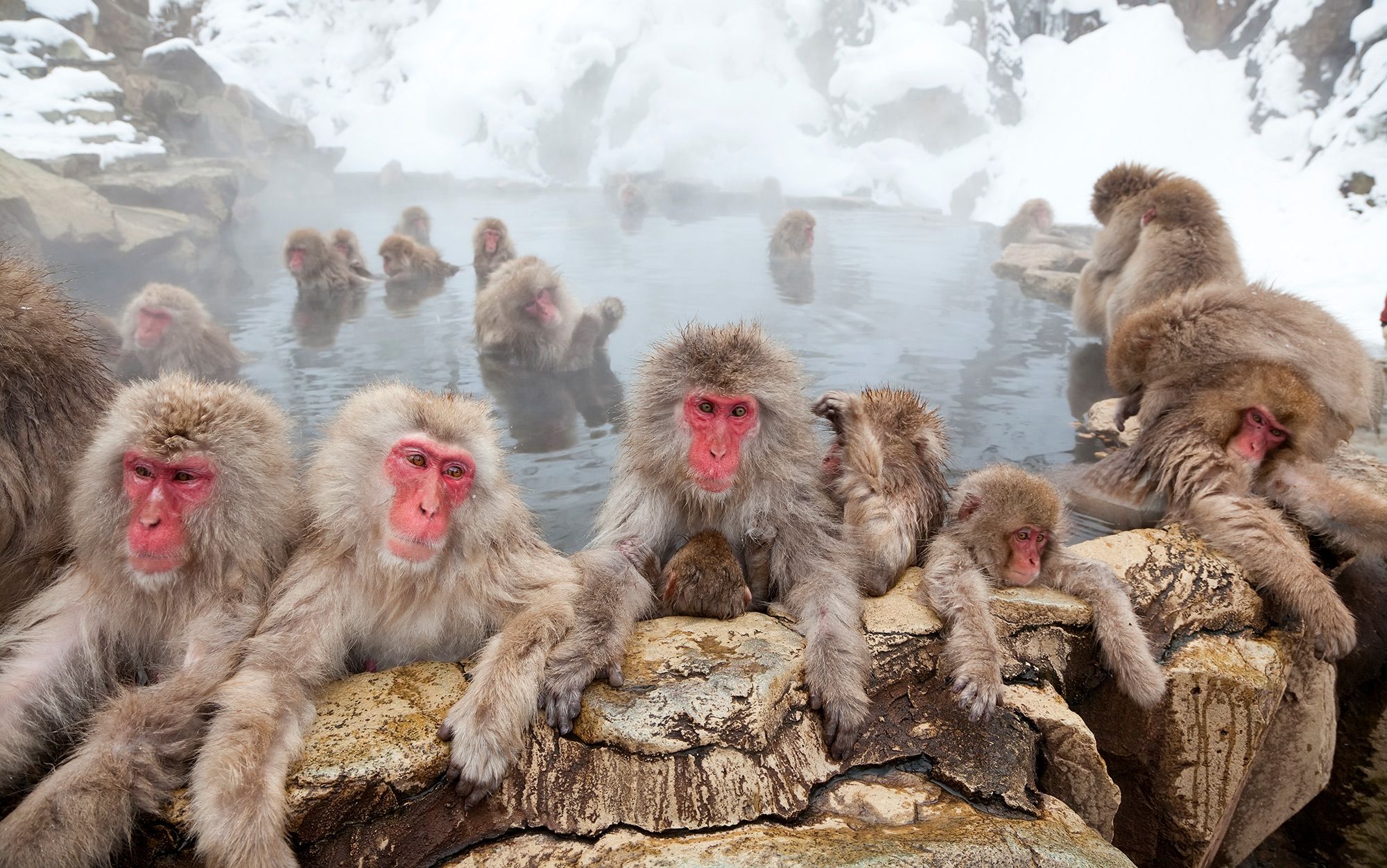
Saved by Keely Adler
How the brains of social animals synchronise and expand one another

Saved by Keely Adler
Without synchrony and the deeper forms of connection that lie beyond it, we may be at greater risk for mental instability and poor physical health. With synchrony and other levels of neural interaction, humans teach and learn, forge friendships and romances, and cooperate and converse. We are driven to connect, and synchrony is one way our brains h
... See moreMary Martin added
According to the binding problem in neuroscience, if you synchronize different parts of the brain, you get a single consciousness bound together. So following the idea’s logic: if you synchronized different people, what do you get? Is it not at least imaginable you could get some sort of experience that goes beyond any individual person’s conscious
... See morenick added
Iain McGilchrist • 1 highlight
amazon.com
They assume that all animals that live in herds or large groups possess similar brain mechanisms, because social units function only if individuals can see things from the perspective of others in the group and feel what they are feeling.
Claudia added

So often, we assume that real thinking—serious thinking—is done alone, bent over a book or a notepad. But in fact, humans think best when they are interacting with others. Social activities like debating, storytelling, and teaching activate mental processes that remain
... See moresari added